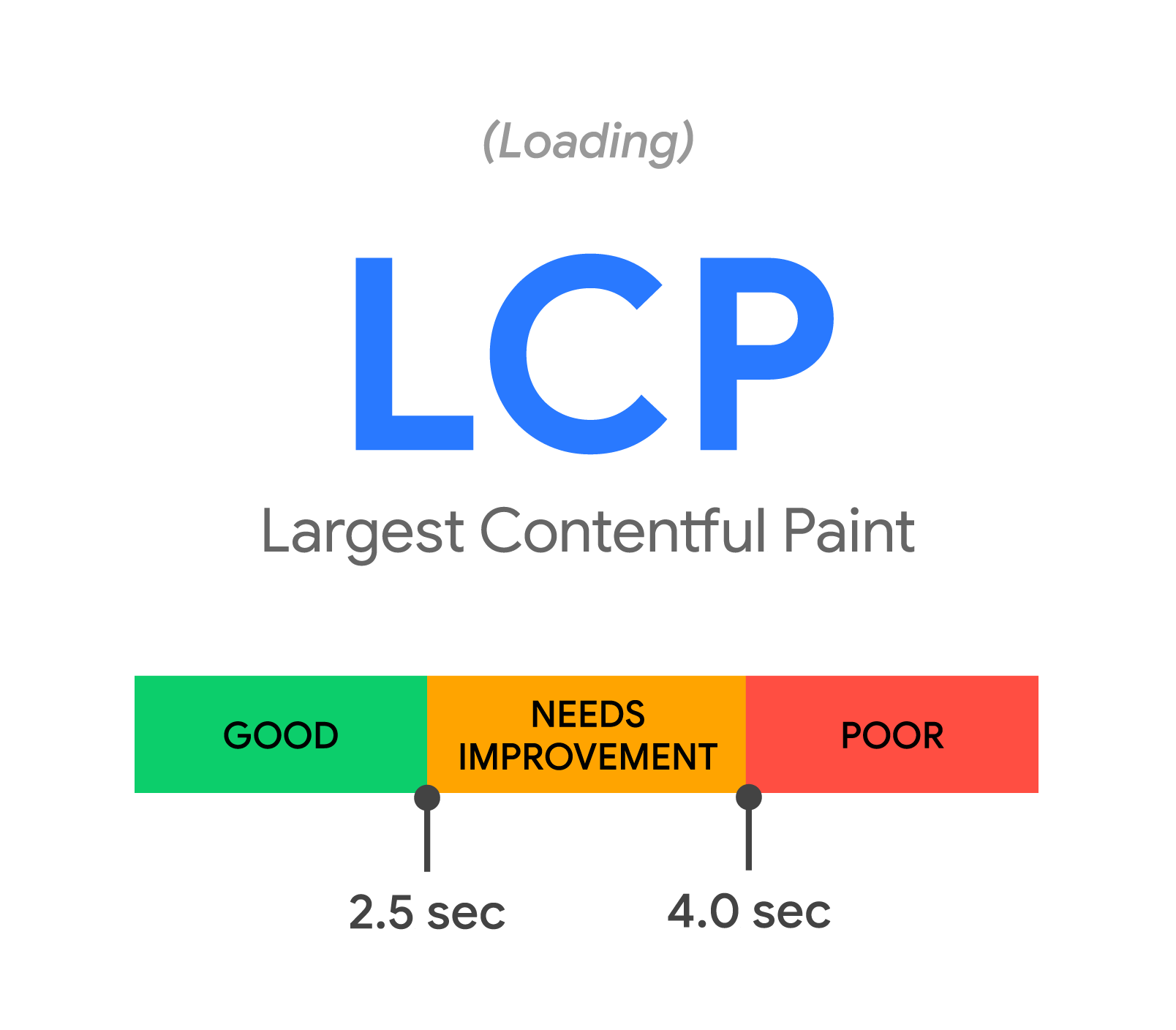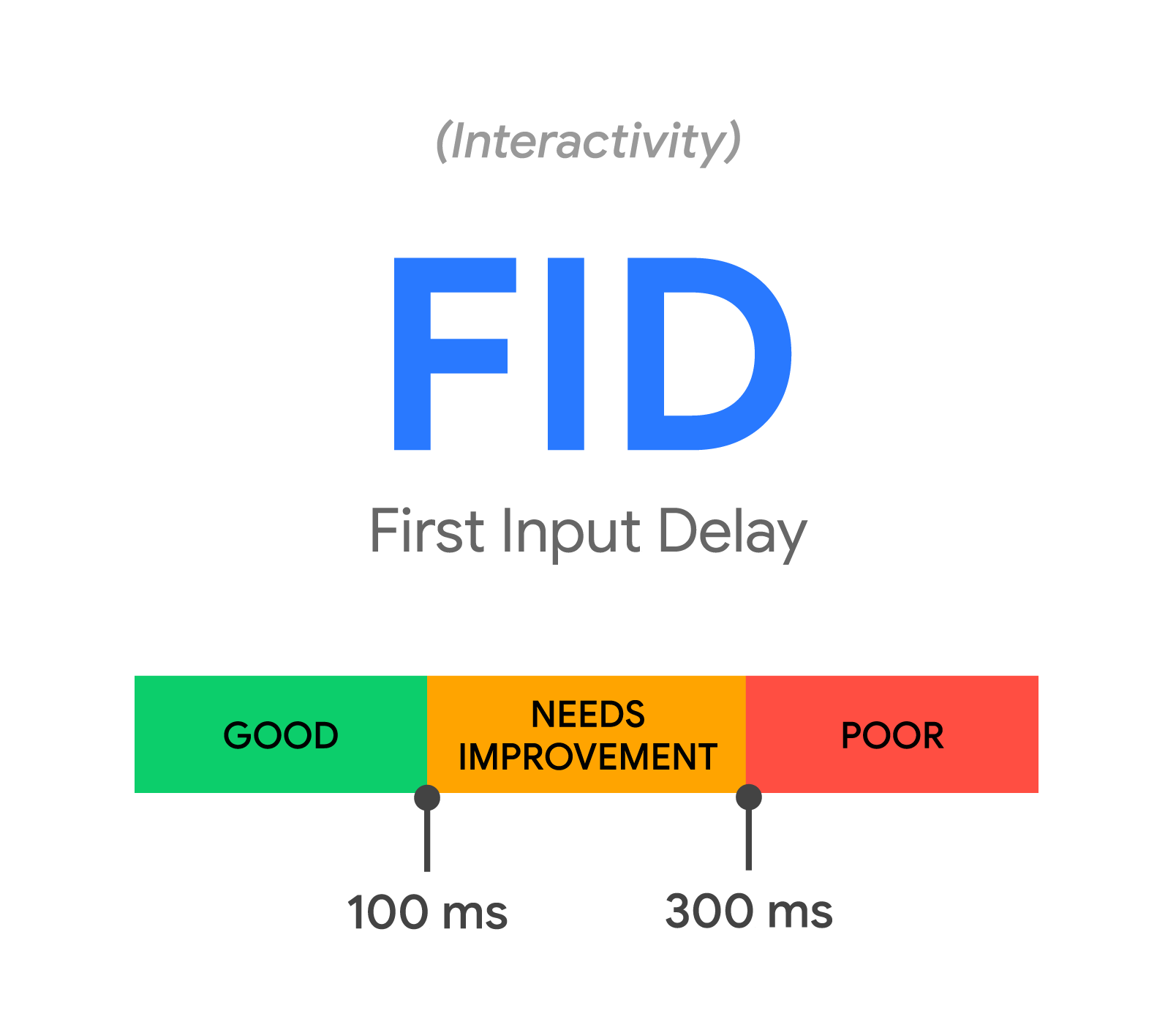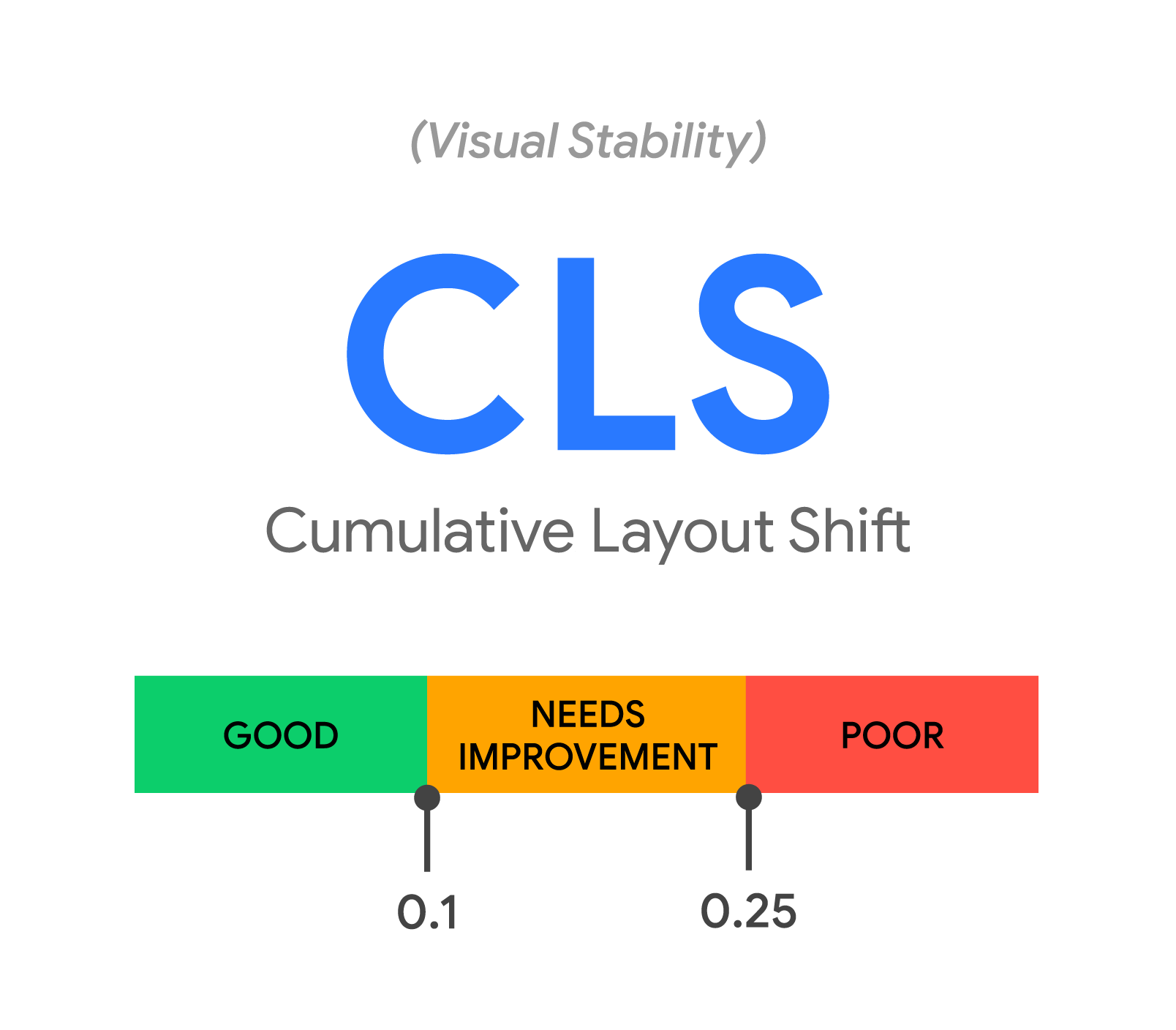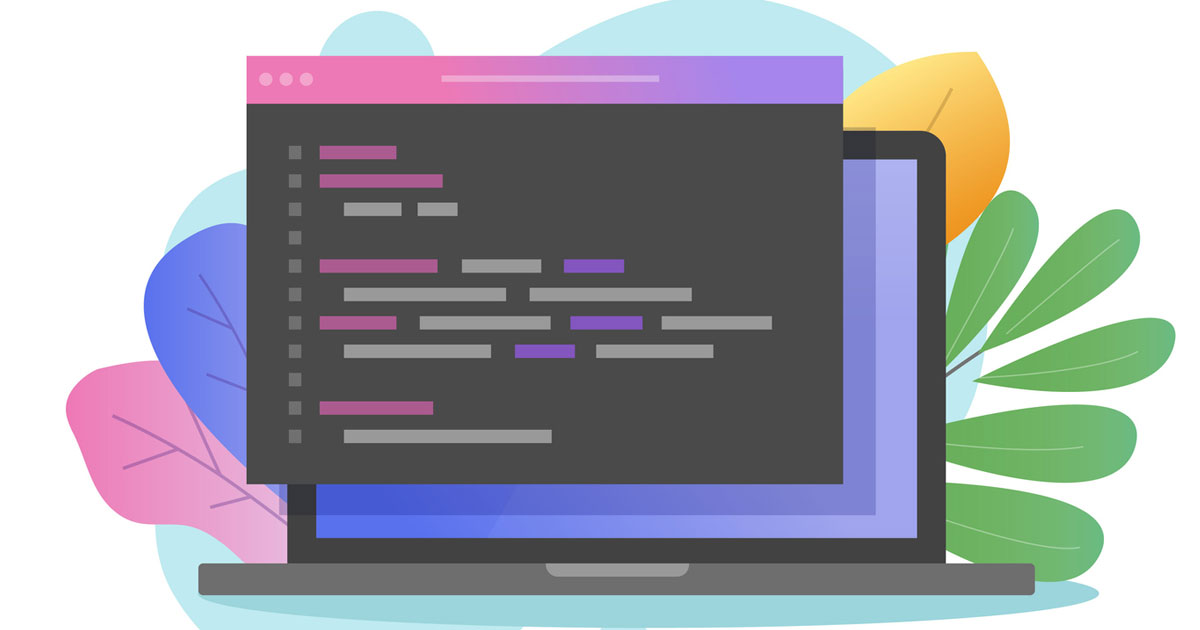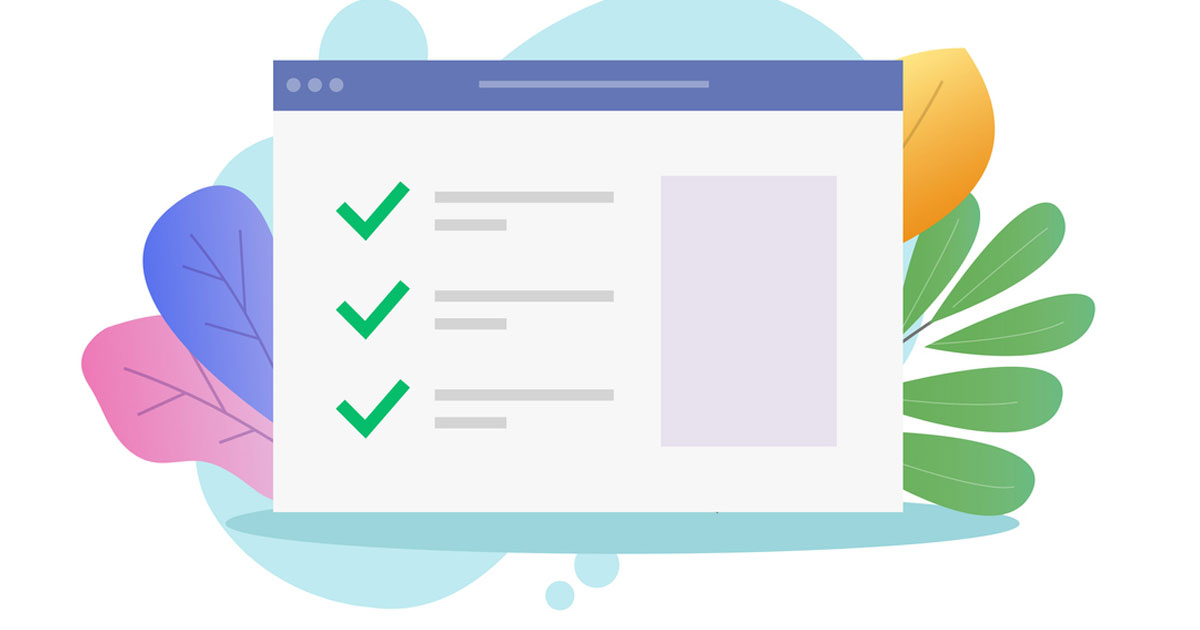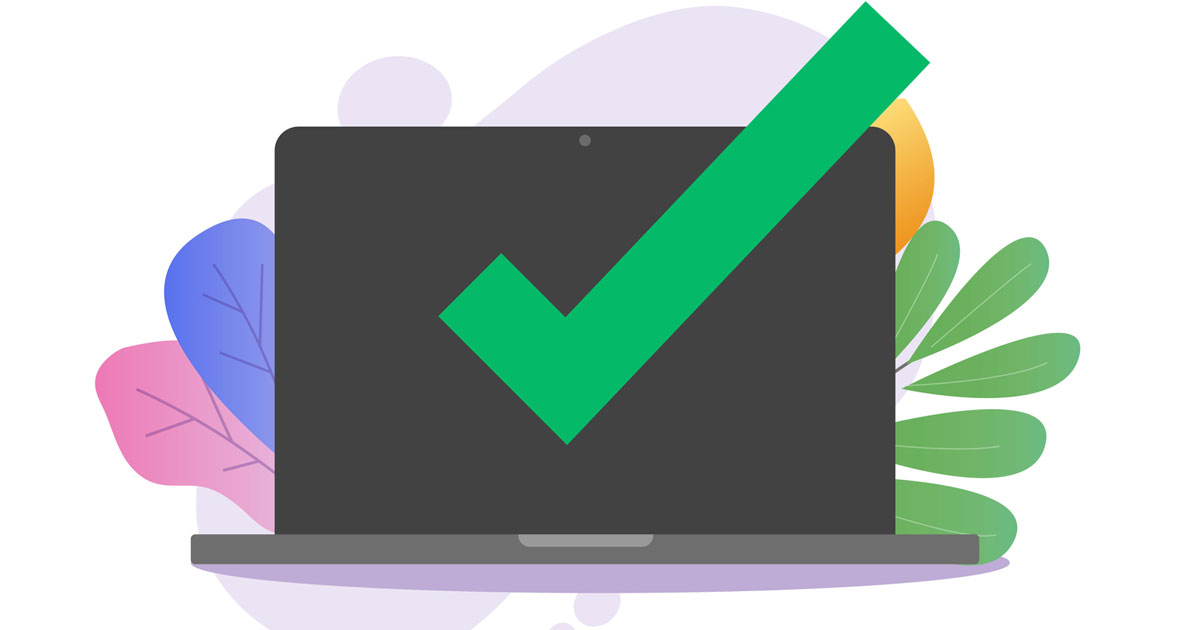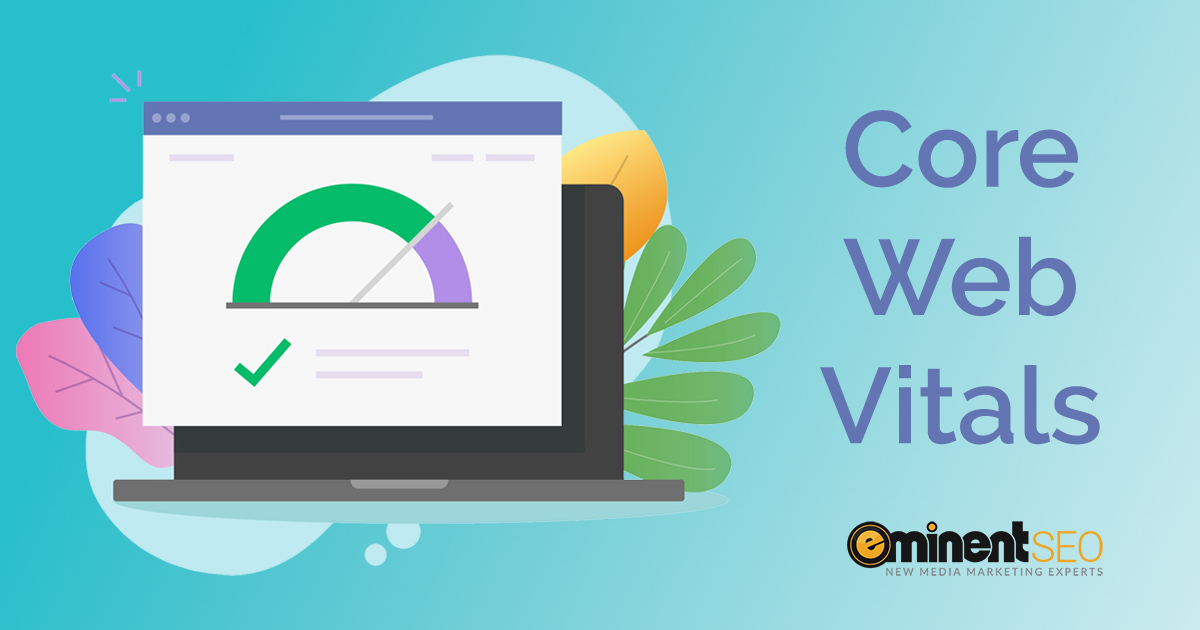
No one ever says, “I wish my website would run slower and register lower in search engine rankings.” If you aren’t keeping up with the latest trends and changes in search engine optimization, those negative outcomes will follow. Google announced its new Core Web Vitals in 2020 and detailed their important role in the user experience, as well as a 2021 integration of the new vitals into search ranking algorithms.
The Three Core Web Vitals
Google assesses your webpage user experience based on many factors, but the three Core Web Vitals carry the most significant weight.
Largest Contentful Paint (LCP)
The LCP designates how long the page takes to load. If the user clicks a link to a page on your site, the time before they see the majority of the page loaded matters significantly for gaining and keeping user attention. If the page isn’t ready to be read and interacted with in a timely manner, a rapid surge in bounce rate follows.
Google expects a page to achieve LCP in 2.5 seconds or less to achieve a good rating. Longer than 2.5 seconds but four seconds or fewer is considered to “need improvement.” Anything longer is considered “poor.”
First Input Delay
(FID)
FID is the measure of how long before a user can initially interact with an aspect of the page. This can include selecting an option in the menu, clicking a navigation link, typing in a fillable field, or opening accordion text.
Consider how important FID is for log-in or sign-up pages. Once a page has achieved LCP, Google expects FID to take place within 100 milliseconds to achieve a positive rating. Many pages for log-in or signup have nothing of substance other than those fillable portions. If they aren’t accessible swiftly and efficiently, not only is it a loss in terms of initial bounce rate but consider the ramifications of a business losing a potential sign-up or subscription.
Cumulative Layout Shift (CLS)
CLS is a measure of the stability of a webpage when it loads. As an example of stability, or lack thereof, if a user begins to scroll as the page loads and the page jumps to the top or becomes disrupted by an image causing content to shift, that has a negative impact on CLS. Images and ads, especially popups can make a straightforward webpage experience miserable if content and interactive features shift around.
Why Are Core Web Vitals Important?
The Core Web Vitals have the dual importance of providing a satisfying user experience and providing enhanced SEO discoverability. Google started to use the Core Web Vitals as part of its evaluation of user-friendliness in 2021, and as a result, implemented the user experience into how a website is evaluated for search score.
While page functionality does not outweigh unique, authoritative, quality content, it is important not just for Google ranking but for the customer service aspect. Fast loading pages that are easy to interact with and don’t lose their placement stability during the loading process drive down bounce rates and increase the amount of time spent on the site.
When it comes to SEO, in many ways what Google deems to be important is what is going to be the currency of achieving high search scores. Google selected the name Core Web Vitals and established the timeframes associated with them. They likely aren’t going to cease being an important part of the ranking calculation any time soon. An efficiently designed and functioning website is also important for sustainability and limiting the carbon impact of the servers hosting the site.
How to Improve Core Web Vitals
It’s important to remember when you’re looking to improve your performance with Google, there is no magic bullet. Often a number of small improvements are the key to significant improvements. Below are just some of the ways to improve Core Web Vitals. No single one will make a middling website leap to number one in Google rankings, but all of them can create improvements in site performance. Even small improvements can mean a large impact for revenue-generating sites, like eCommerce.
Optimize Images
Oversized images are a drag on LCP. A quick-loading page keeps visitors interested in pursuing the information they came to your site for, to begin with. Photos don’t need to be in hi-resolution to appear the way they are intended on most screens. Many content management systems today are becoming more effective at proactive optimization, but there are still pitfalls.
Make sure you are only uploading the optimized photo to the site. Don’t upload a full-sized one and then optimize, at risk of dragging down the site by making it downgrade the photo during the loading process. Making your site grapple with oversized images has always been a potential negative, and Google is docking rankings for this reason more than ever.
Specify Room for Images and Features
This is another instance where manual attention paid by the webmaster or developer can make a difference. The CLS impact of not having specified dimensions for images or ad components can lead to the shifting of content Google will consider poor. Code your images with set dimensions for height and width. If using responsive images, make sure to maintain the same aspect ratio for all.
Increase Server Speed
If you’ve been trying to save money on web hosting, it may be costing you in terms of poor performance in the long run. Slow server speeds can impact all of the Core Web Vitals. If you have control over your server hardware, an upgrade could be in order for continued improvement.
Critical CSS Above the Site’s Fold
Strategically optimizing your site’s most visible portions “above the fold” for inline coding and out of the CSS can enhance performance and give the user the perception of a faster overall experience.
Increase the Speed of Third-Party Scripts
Outside scripts can slow your site down. Look for better-optimized options that don’t impede your server or consider whether that particular script is necessary for your site at all.
Browser Caching
If you use a browser cache, it will help your user’s browser. It will navigate the Java Script faster.
The Tools to Test Your Core Web Vitals
Waiting for Google’s impact on your site to become evident or, even worse, waiting to receive negative reviews or feedback from users, isn’t a good practice. You should proactively use available tools to test your site’s Core Web Vitals and start making adjustments as soon as possible.
Google created the concepts behind the Core Web Vitals, so as you may expect, they provide tools to test their veracity as well. There are also plenty of options outside the Google family to evaluate the user-friendliness of your site.
These include:
- Chrome UX Report
- Chrome DevTools
- Lighthouse
- PageSpeed Insights
- Search Console
- Web Vitals Extension
All these tools can evaluate LCP and CLS. FID results vary because of the need for actual user data to be firmly assessed. While simulated “lab data” can evaluate LCP and CLS, the need for actual user interaction to assess FID is the difference.
Other User Experience Factors Google Considers
Just as the user experience isn’t the only factor in how Google evaluates and scores a site, the Core Web Vitals are not the only factors in the experience assessment. Some of the other page experience factors Google pays attention to are:
- Functionality on mobile devices
- HTTPS
- Interstitial pop-ups
- Malware
A safe and secure browsing experience has increased in importance for Google’s rankings over the last year. As simple as it sounds, it’s imperative for a developer who spends the bulk of their time living in a website’s backend to also keep the minutiae of the page’s user-facing side top-of-mind as well. Everything to do with the user’s experience on the page matters, but the Core Web Vitals that impact the convenience of initial arrival and interaction appear to have the most weight for now.
As noted earlier, the experience vitals Google measures are far from the only thing being measured. Content is still king when it comes to SEO, and there are more than 200 total factors that come into play when Google ultimately decides how to rank a page in its search results.
If your website has been assessed a penalty by Google that is detracting from the value of your SEO efforts, we can help. Whether you overlooked a key aspect, or the demerit is the result of a misinterpretation of backlinks, user experience, or something else, these can be remedied.
It may also be necessary to disavow bad backlinks. Link building is yet another component of SEO that is complicated but has significant payoffs for improving and maintaining Google ranks. Being linked to is an important part of building SEO, although the process has been taken advantage of by SEO experts and spammers. Don’t let bad links be the cause of your site getting downgraded.
The Importance of Page Auditing
Any time a new digital marketing or other outreach campaign relies on SEO to bring traffic to a webpage, an audit is imperative. If the content isn’t substantial enough or if the design of the page is outdated, then the campaign is behind the eight ball at launch.
The launch of new initiatives shouldn’t be the only time auditing is important for your online real estate. Regular evaluation of your site and all its pages should be standard practice. If your website has suddenly become penalized in search engine rankings, it’s important to find the root. You don’t have to audit your site without help.
Are Core Web Vitals the Future or a Fad?
The metrics used to evaluate Google search scores are always subject to change. What isn’t as quick to change are the ramifications behind needing an improved user experience. Your site will always benefit from quicker loading speeds and easier interaction.
No website should consider itself the exclusive or clear best source of information at the expense of neglecting the user. A quick loading site that doesn’t display content while loading and can be interacted with quickly will engage the audience. Core Web Vitals are the most important part of Google’s means of evaluating the user experience currently and are likely to remain so in some form in the future.
Sources
- Vasilijević, V., Kojić, N., & Vugdelija, N. (2020, October). A NEW APPROACH IN QUANTIFYING USER EXPERIENCE IN WEB-ORIENTED APPLICATIONS. In Fourth International Scientific Conference on Recent Advances in Information Technology, Tourism, Economics, Management and Agriculture(p. 9). Retrieved May 29, 2022, from https://www.itema-conference.com/wp-content/uploads/2021/04/ITEMA-2020_Conference-Proceedings_FINAL.pdf#page=25
- Nayak, J., & Chandwadkar, A. (2021, July). Green Patterns of User Interface Design: A Guideline for Sustainable Design Practices. In International Conference on Human-Computer Interaction (pp. 51-57). Springer, Cham. Retrieved May 29, 2022, from https://link.springer.com/chapter/10.1007/978-3-030-90176-9_8
- Nichifor, E., Lixăndroiu, R. C., Chițu, I. B., Brătucu, G., & Trifan, A. (2021). How Does Mobile Page Speed Shape In-between Touchpoints in the Customer Journey? A Research Regarding the Most Trusted Retailers in Romania. Journal of Theoretical and Applied Electronic Commerce Research, 16 (5), 1369-1389. Retrieved May 29, 2022, from https://www.mdpi.com/0718-1876/16/5/77
- Krstić, N. (2021). А New Theatre Experience: Page Experience Signals.AM Journal of Art and Media Studies, (26), 129-141. Retrieved May 29, 2022, from https://www.researchgate.net/profile/Natasa-Krstic/publication/356414963_A_New_Theatre_Experience_Page_Experience_Signals/links/6199438b07be5f31b7a219ef/A-New-Theatre-Experience-Page-Experience-Signals.pdf
- Šimunić, M. (2021). HOTEL’S WEB SITE HEALTH AUDIT AND PAGES DISTRIBUTION BY THEIR STATUS: AN EMPIRICAL RESEARCH OF FIVE STAR HOTELS IN THE REPUBLIC OF CROATIA. Tourism in South East Europe…, 6, 739-756. Retrieved May 29, 2022, from https://www.proquest.com/openview/3122a7a967f6515eed76a87d128ce117/1?pq-origsite=gscholar&cbl=1936348
